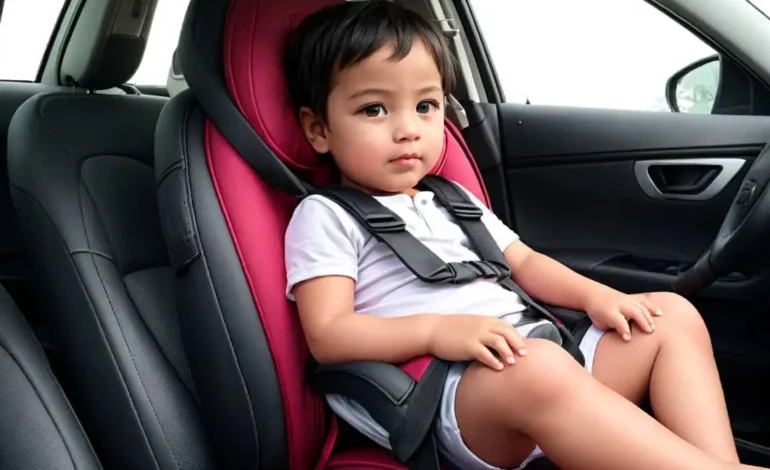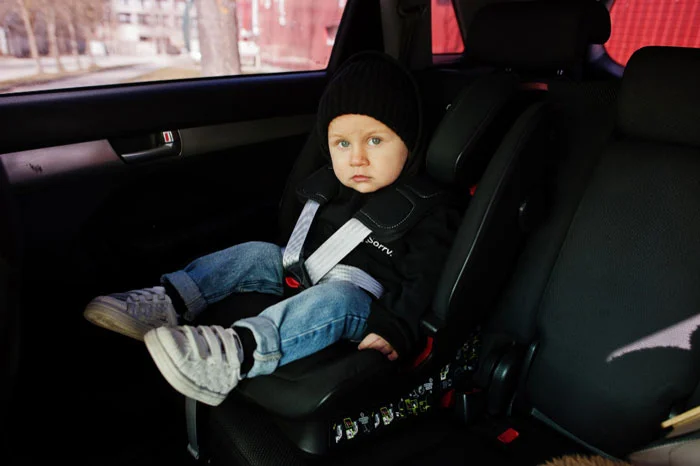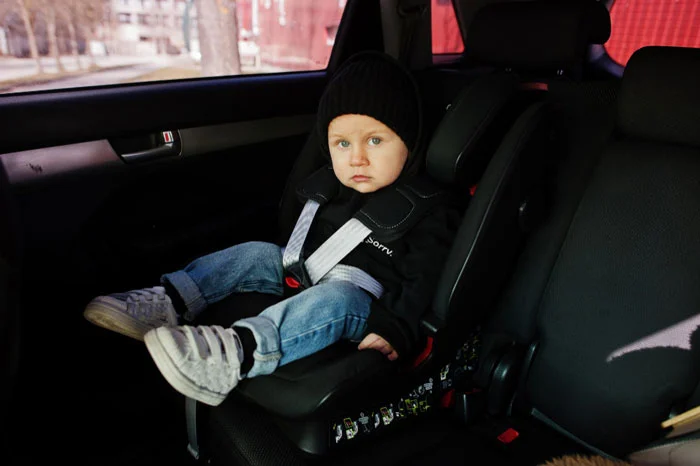Child Seat Rules in Germany: Ensuring Safety for Young Passengers

Germany prioritizes child safety on the road, and this is reflected in their strict child seat regulations. Ensuring your child is properly secured in the car is not only essential for their well-being, but also required by law. This guide will navigate you through the intricacies of German child seat rules, helping you choose the right seat and ensure your little ones travel safely.
When is a child seat mandatory?
In Germany, children under 150 cm (around 4 ft 11 in) or 12 years old must be secured in an appropriate child restraint system (CRS) whenever traveling in a car. There are no exceptions – this applies to all journeys, regardless of the distance or speed.
Choosing the right child seat:
The type of child seat required depends on your child’s height and weight. Here’s a breakdown of the different categories:
- Rear-facing infant carriers (0-13 kg/ 0-29 lbs): These are mandatory for newborns and very young babies. They support the fragile head and neck of an infant and offer optimal protection in a frontal collision.
- Forward-facing child seats (9-18 kg/ 20-40 lbs): Once your child outgrows the infant carrier, they can move on to a forward-facing seat. These seats typically have a harness system and adjustable headrests for proper fit.
- Booster seats (15-36 kg/ 33-79 lbs): For taller children who have outgrown a forward-facing seat but haven’t reached the required height, booster seats provide additional support and ensure the adult seatbelt fits them correctly.
ECE Regulation and Seat Approval:
Look for the ECE (Economic Commission for Europe) approval label on your child seat. In Germany, seats must comply with specific safety standards outlined by UNECE Regulation 44/03 or UNECE Regulation 129 or any amendments to these Regulations. DOT- and EU-approved seats are acceptable in Germany.. This ensures the seat meets crash testing requirements and offers adequate protection for your child.
Additional Considerations:
- Airbags: If your car has passenger-side airbags, never place a rear-facing infant carrier in the front seat. Deactivate the airbag or use the rear seats for the child seat.
- Second-hand seats: While tempting, it’s best to avoid using second-hand child seats. You cannot be sure of their history or safety integrity. Invest in a new seat to guarantee your child’s safety.
- Installation: Proper installation is crucial. The German Automobile Club (ADAC) offers free child seat checks at designated stations nationwide. Take advantage of this service to ensure your seat is installed correctly.
Penalties for Non-Compliance:
Failing to secure your child properly can result in a fine of €60 to €70 (around $68 to $80) and a point on your license. However, the real consequence is putting your child at risk.
Traveling with a child seat from abroad:
If you’re visiting Germany with your child, your existing child seat should be sufficient as long as it meets ECE regulations.
Beyond the Law: Safety First
German child seat regulations are comprehensive but remember, safety goes beyond legal requirements. Choose a high-quality seat that fits your child comfortably and provides optimal protection. Here are some additional tips:
- Replace your Child seat every 10-12 years or after an accident.
- Never leave loose objects in the car. These can become dangerous projectiles in a collision.
- Set a good example – always wear your seatbelt yourself.
By following these guidelines and prioritizing safety, you can ensure a smooth and pleasant journey for you and your precious cargo on German roads. Remember, every kilometer traveled safely is a victory.
Image Credits- AI Art Generator DDG








